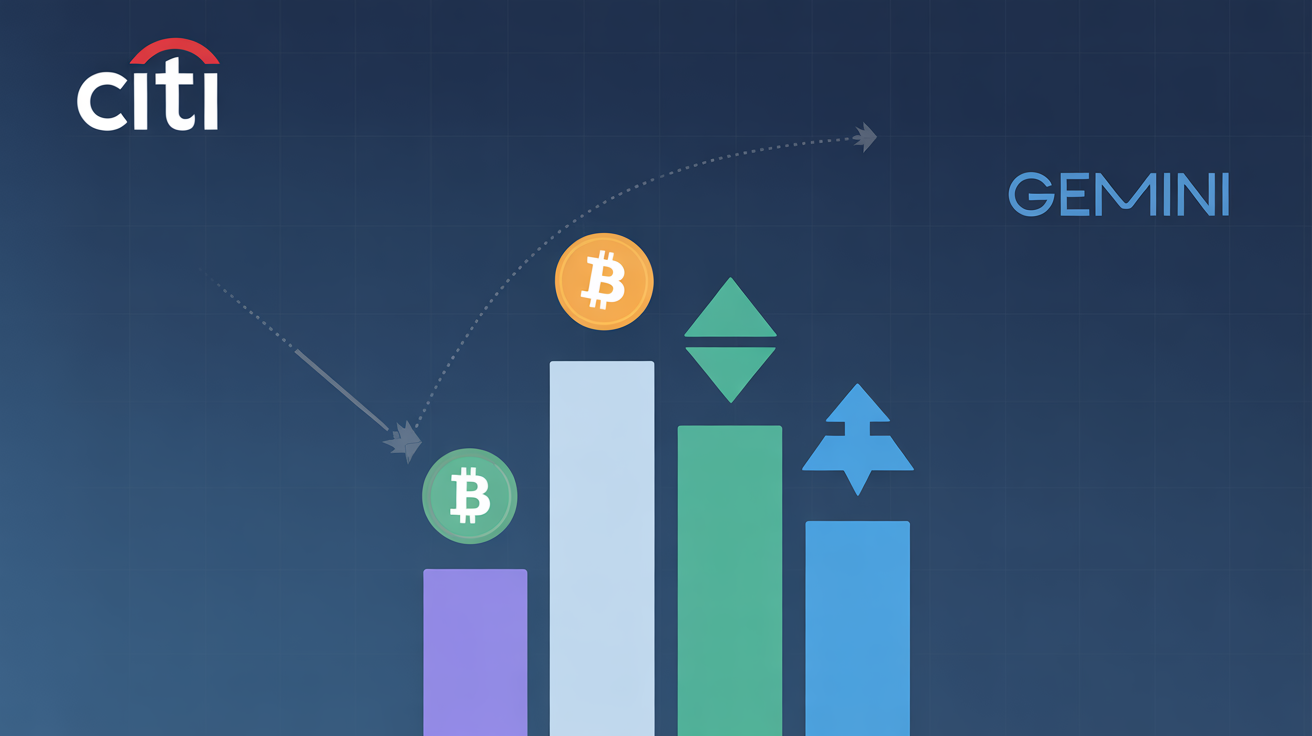
Bitcoin’s mining difficulty has reached a historic peak of 114.7 trillion (T), following a 5.6% increase over the weekend, as reported by CoinWarz. This surge aligns with a warning from the Hash Ribbon metric, which suggests that miner capitulation is underway—a key indicator that could signal a local price bottom for bitcoin.
The Hash Ribbon, which tracks miner behavior, points to capitulation when miners are no longer profitable due to rising costs. Glassnode data shows that this trend began in early February, with bitcoin’s price down more than 4% so far this month. Historically, such capitulation signals have often marked a turning point for bitcoin’s price, indicating a possible bottom.
If the historical trend holds, bitcoin’s price could bottom out around $91,000. A similar capitulation signal was seen in October 2024, right before BTC saw a dramatic 50% price surge.
The increased difficulty is a result of bitcoin’s rising hash rate, which reached an all-time high on February 4. The difficulty adjusts every 2,016 blocks to maintain a stable block time of about 10 minutes. As difficulty rises, mining becomes more competitive, putting added pressure on miners. Riot Platforms (RIOT) was the only major public miner to report a production increase in January, signaling the difficulty miners face in this environment.






